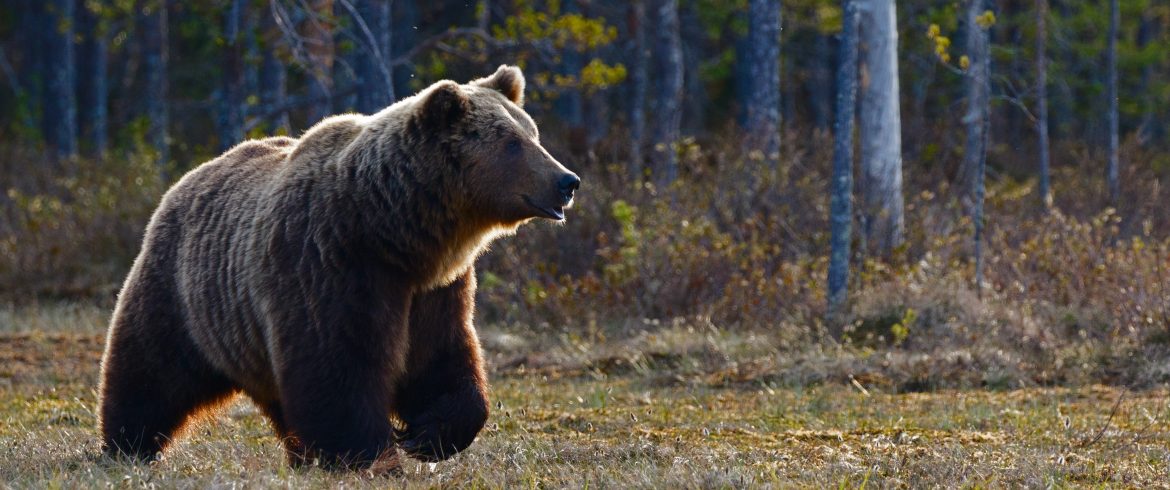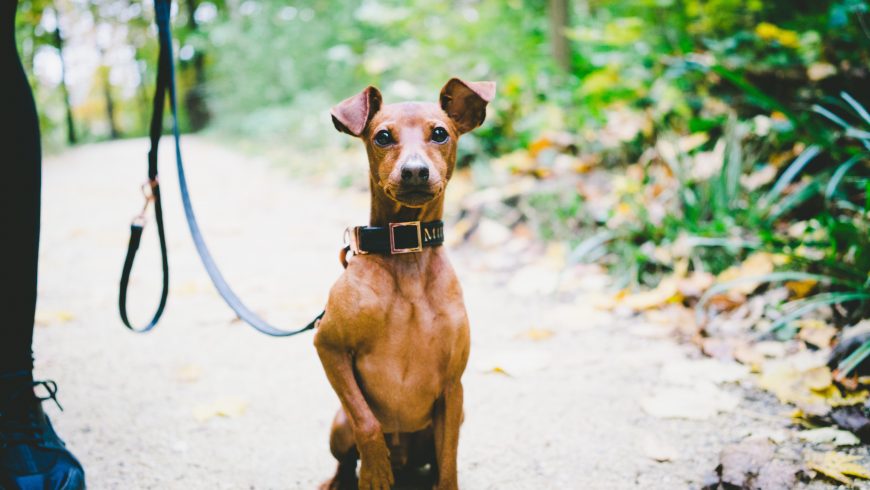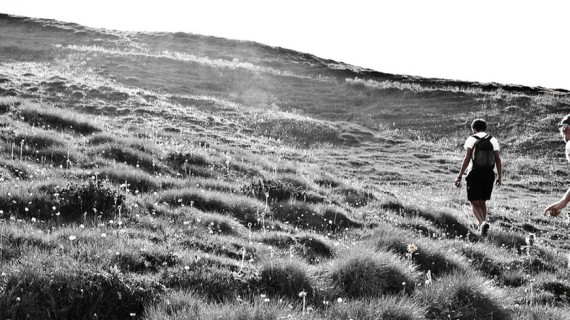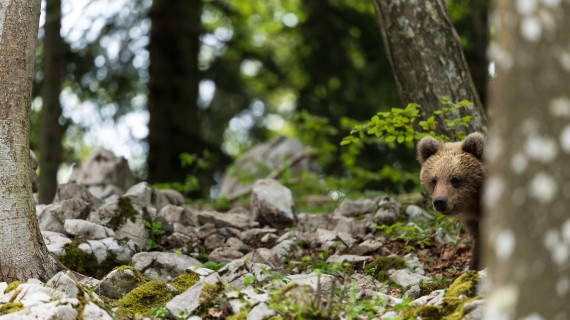In the collective imagination, the brown bear is seen as a dangerous and aggressive animal to be afraid of. We would never associate it with the small and tender teddy bear that accompanies us in childhood or to the sweet Winnie the Pooh. Today we will talk with the zoo-anthropologist Margherita Buresta who will explain to us how the bear is instead an animal to be protected, with a shy and not at all aggressive nature.
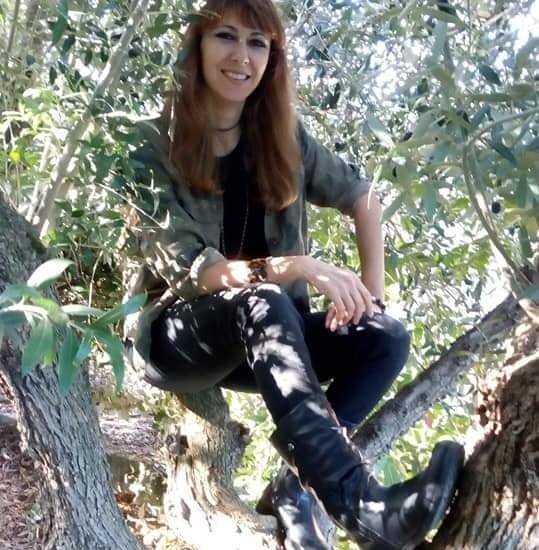
Tell us how this passion for bears came about
“I studied veterinary and ethology, which is the study of animal behavior. One of my teachers always said that you can’t know the dog if you don’t know the wolf first, and so my first passion for wolves was born. Later I also became passionate about the brown bear that populates the same habitat as the wolf in Abruzzo: the national park of Abruzzo, Lazio, and Molise.
I deal with zoo-anthropology, the study of the relationship between man – as Homo sapiens – and animals, I deal with scientific divulgation, I talk with people to explain that man is not alone to live on Earth but that he must live peacefully with other animal species, including large predators. Understanding animal behavior is a long job and so it takes a lot of patience: stalking lasts from 6 to 10 hours and you have to blend in with the environment, hoping that the animals we want to observe will appear and not be frightened by our presence.”
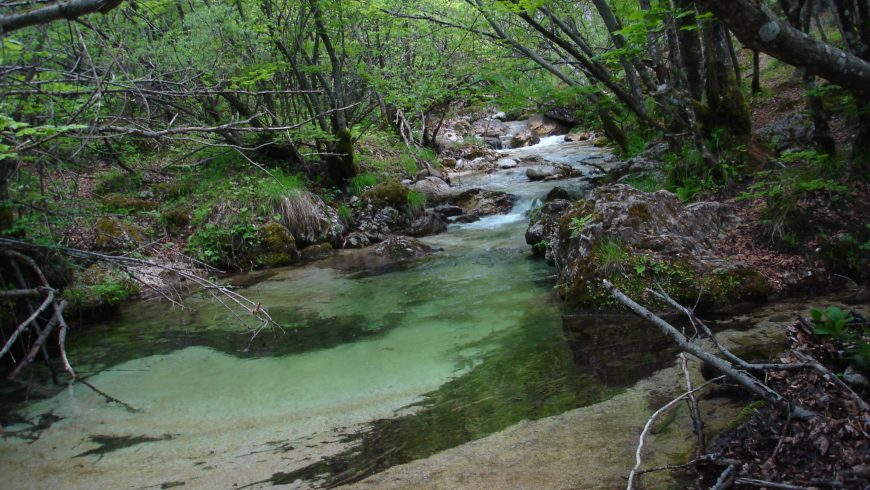
Would you talk about the Marsican brown bear?
“The Marsican brown bear is a small animal, but its behavior is very similar to that of the Eurasian bear that populates the Alps. They are solitary animals, they do not live in a pack, they are shy and mainly nocturnal. They are smaller and less fat because they have adapted to the climate of central Italy, which is milder than in northern Italy. It is found only in central Italy, in Abruzzo, where it is an endemic species. It is an animal in danger of extinction, remaining between 50 and 60 individuals, it must be protected and safeguarded.
Its diet is made up of 75% of vegetables like fruit and berries. For the remaining 25%, it eats invertebrates that it finds in tree trunks or under boulders where more moisture accumulates and creates the perfect habitat for insects. That’s what his powerful nails and legs need! Sometimes it does not disdain small rodents and carcasses, but it is not the dangerous predator that attacks grazing animals as described.”
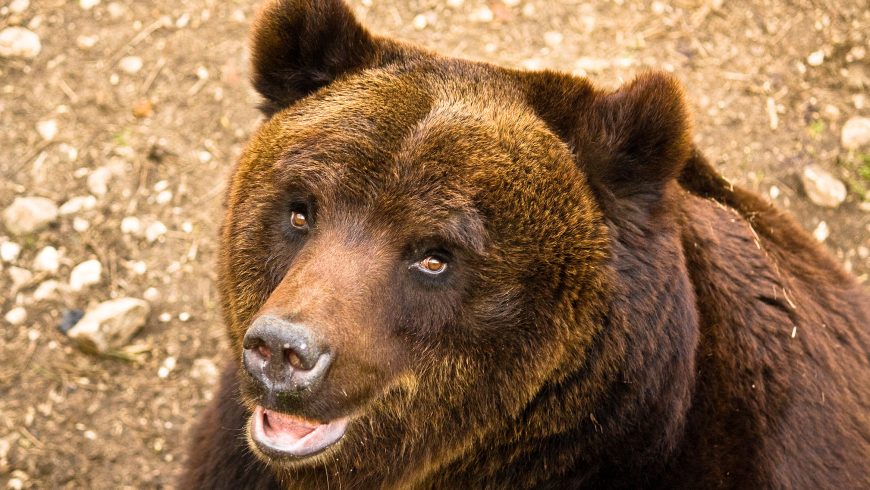
You’re so passionate about it that you wrote a book…
“Yes, I wrote “Il mio cuore di orso“, a book on educational anthropology, designed for children and teenagers. In the first part, I tell the story of a child who turns into a bear. In the second part, I talk about the biology of the species that are mentioned during the story. I’m taking him around schools where I teach children not to be afraid of bears, to overcome this prejudice and learn to live peacefully with animals. Children need to be taught these things right away if you want to save this threatened and endangered animal. Children have the right sensitivity to understand and learn to love and respect bears and all those animals that usually scare us for no reason.”
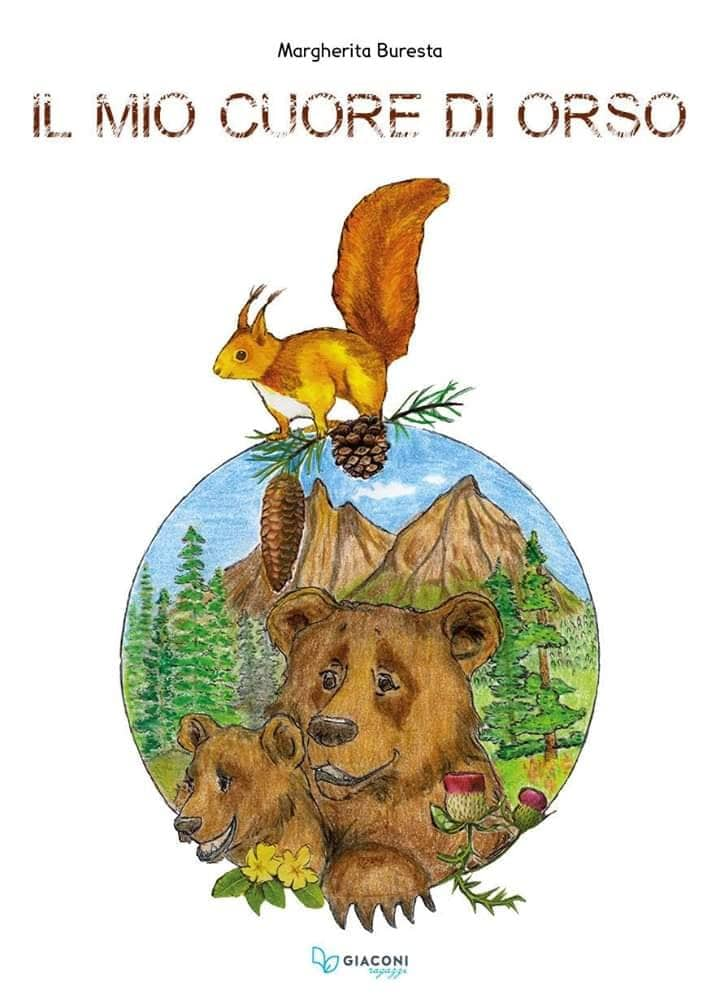
5 rules to live with the brown bear
Do you have tips for hikers who find themselves face to face with a brown bear?
- First of all, if you spot it and you are still far away, go back and leave an escape route for the bear. This animal does not like contact with the man because it is frightened. Leaving him with an escape route is essential in order not to frighten him, bear attacks only to defend himself, it is essential to leave him alone and not try to approach him to take pictures of him or shout or throw stones to attract his attention.
- If we walk in the company of our dog, this must be kept on a leash for our safety. The dog is a predator and the bear would react to its presence by becoming aggressive and attacking.
 Author: Claudio Schwarz Source: Unsplash
Author: Claudio Schwarz Source: Unsplash - Do not abandon the path you are following to enter the bush. This is a general rule that also applies to the preservation of other animal and plant species. Peaceful coexistence begins with respect to living spaces.
- Do not leave food in the woods, this would attract them to you and then they would be frightened by your presence.
- In the event that you have to come face to face with the bear, it is important to step back slowly, without making fast movements and annoying noises that could scare the bear. Keep calm and walk away without staring at the animal, but continue to keep an eye on it. In case of attack, leave your hiking gear and lie on your stomach, protect your neck and face with your elbows: the message you want to communicate to the bear is that you are not a danger to him. “
We thank Margherita Buresta for the interview and for the important information she wanted to share with us.
Cover image: Author Zdeněk Macháček on Unsplash
